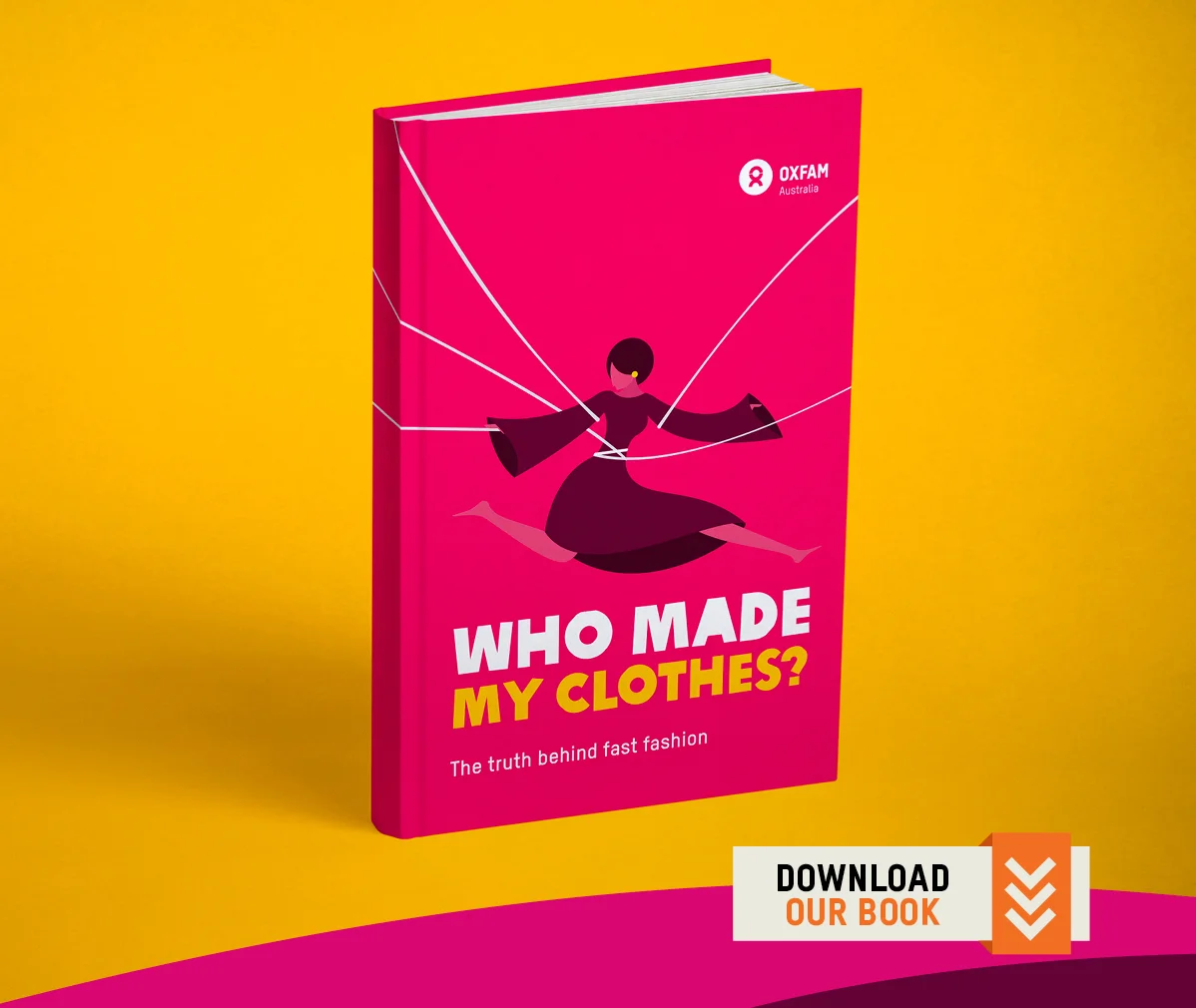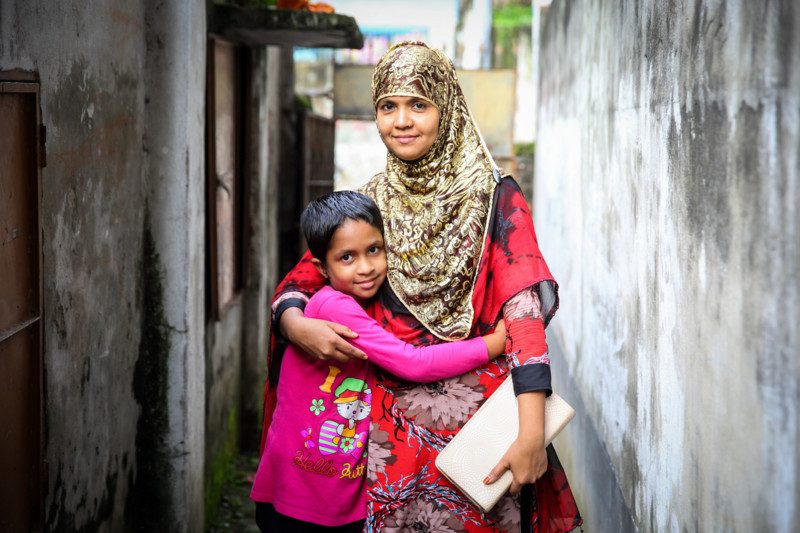Are your clothes made in sweatshops?
What is a sweatshop?
A sweatshop is a manufacturing facility where workers endure poor working conditions, long hours, low wages and other violations of labour rights. Unfortunately, places known as sweatshops are particularly common in developing countries where labour laws are often not enforced.
Factories can be located in dangerous and deteriorating buildings that are not safe places to work. There have been several cases of factory collapses and fires in Bangladesh. Other issues of concern are workers with exposure to toxic substances or using dangerous machinery without adequate protection.
Are garment factories really sweatshops?
If confronted, many of the major supply factories might deny that they’re sweatshops and advise they adhere to strict codes of conduct. But in developing countries this is difficult to monitor. The codes of conduct are often not enforced because factories are put under pressure by sourcing companies to produce clothing cheaply and quickly.
Many of the women who make our clothes are living in poverty — despite working long hours away from their families.
Many workers in garment factories do not like describing their workplaces as “sweatshops”, because they think it makes them sound like victims. But these workers know their wages and conditions are unacceptably low and many of them organise protests to demand better wages and conditions, even though doing so can put their jobs at risk.
Buy sweat-shop free clothes
If clothing carries the Ethical Clothing Australia (ECA) label it means the garment was manufactured in Australia and the manufacturer has committed to ensuring that all of the people involved in its production received, as a minimum, the legally stated wage rates and conditions — known in Australia as award wages and conditions.
To find out which Australian made garments you can purchase to support fair working conditions, see the ECA list of accredited brands. Brands include high-end fashion, corporate wear, casual street wear, sportswear and uniforms.
Learn more
- Read more about the initiative demanding safe workplaces in Bangladesh; the Bangladesh Fire and Building Safety Accord
- Read the Offside! (Labour rights and sportswear production in Asia) Report

Who made my clothes? eBook
Did you know the women in Bangladesh who make our clothes get paid as little as $173 a month? Uncover the ugly truth behind the global fashion industry and why it’s keeping people in poverty.
